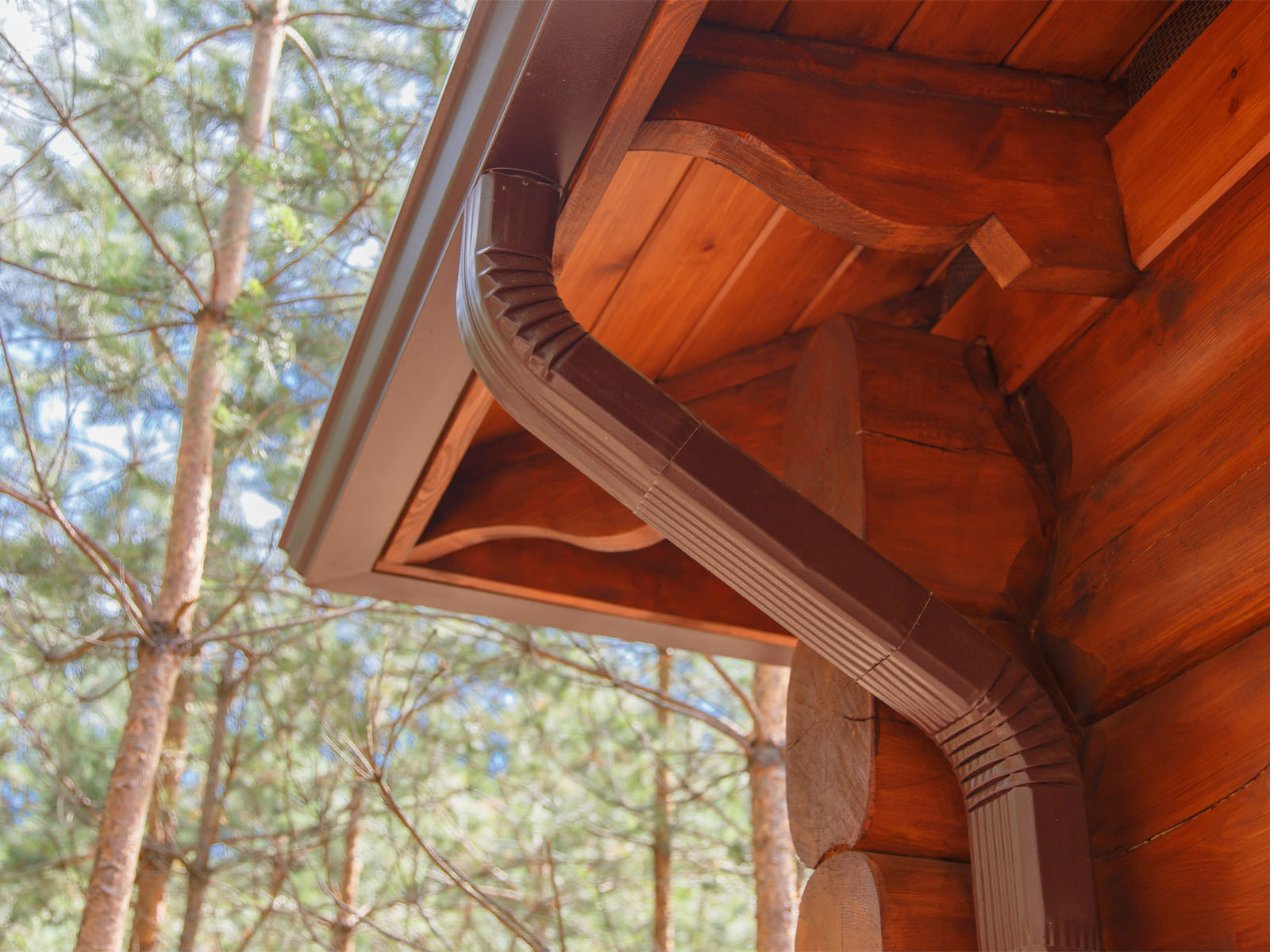Types of Gutters

Are you searching for affordable and stylish rain gutters? This post is going to highlight the types of gutters.
Rain gutters, in which runs along the base of your roof, do more than keep rainstorms from drenching people as they come in and go out. By funneling water out and away from your home’s foundation, rain gutters decrease the dangers of flooded basements or damaged siding and reduce erosion and detriment to your landscaping.
Types of Rain Gutters
Additionally, people wanting to conserve water can direct ran runoff from their gutters into a rain catch to act as a repository. Even though rain gutters are simple edifices, they come in a plethora of configurations and are usually mad out of five different materials—so if it’s time to replace older and rusted-out gutters or if you are installing them for the first time, below is what you need to know for making the best choice for your situation.
-
Half-round gutters, basically a tube cut in half, carry water very efficiently.
Their open, trench-like shape makes them susceptible to debris and leaf clogs—the reasoning for a lot homeowners deciding to install leaf guards. Additionally, their curved sides mean they aren’t placed flush against the fascia boards, so usually, brackets are needed to keep them in place. While these gutters aren’t in particular decorative, they are the conventional style found on homes built pre 1960; if you live in a neighborhood that is older or in a historic home, local regulations might require this kind of rain gutter.
-
K-style rain gutters sort of resemble the letter K when seen from the side.
This is the most conventional type for homes built within the past 50 years, though many owners of older homes still presently install them. Because of the flattened back of the K-style rain gutter, you can nail it straight to the fascia; no bracketry needed. However, what undoubtedly makes these gutters so favorable is they usually have an attractive front side, in which mostly resembles crown molding. Because their flat bottoms and straight, outward angled sides, these gutters typically can transfer more water than half-round gutters, so they’re particularly suitable to rainier climates. One drawback though, K-style gutters are somewhat more difficult to clean than half-round gutters, as their inner angles accumulate rotting debris.
-
Custom-made fascia gutters have a streamlined, modern look.
Dissimilar to the above gutters, fascia gutters are not sold in segments that go together, leaving seams that are inclined to leaks leading to rust. rather, fascia gutters are custom made for houses out of one long span of aluminum. These gutters are costly and are required to be professionally installed; you might pay as much as two times for them as their counterparts (see above) gutters, in which you could install on your own. This could add up to hundreds of dollars, subject to the size of your house.
Are Gutters Always a Given?
First, find out if your house actually needs rain gutters. A lot do, but there are exceptions, so think about the following:
- When your roof doesn’t have an overhang or only has a couple of inches of overhang, it’s probable that water is going to gather against the foundation, damaging gardens near the foundation, and/or flow down on guests or family member as they enter or exit the house. In this situation, gutters are required.
- When your house has a severely peaked roof that has an overhang of twelve or more inches, rainwater is going to tend to naturally flow away from your house, instead of dripping directly down to the ground to pool against your foundation. In this situation, gutters might not be required.
- When your home is higher than the adjoining ground, water is improbable to puddle around your foundation, making gutters an option. But when the house is slightly lower than the adjoining landscaping, gutters are required to force runoff an adequate distance from your foundation.
- If your home is totally surrounded by concrete in the form of walkways, patios, or driveways, rain gutters may be an option, as the concrete acts as a defensive layer between the runoff and your foundation.
- If you live in an arid climate, you might choose not to install rain gutters.
JLC Enterprises Offers Rain Gutter Installation In Phoenix, Arizona
If you are looking for Rain Gutter Installation services in Arizona, look no further than JLC Enterprises Inc. JLC offers Rain Gutter Installations to the entire Phoenix, Arizona Valley, including, Phoenix, Gilbert, Glendale and more. Call us today at 480-967-9183 for more information.

